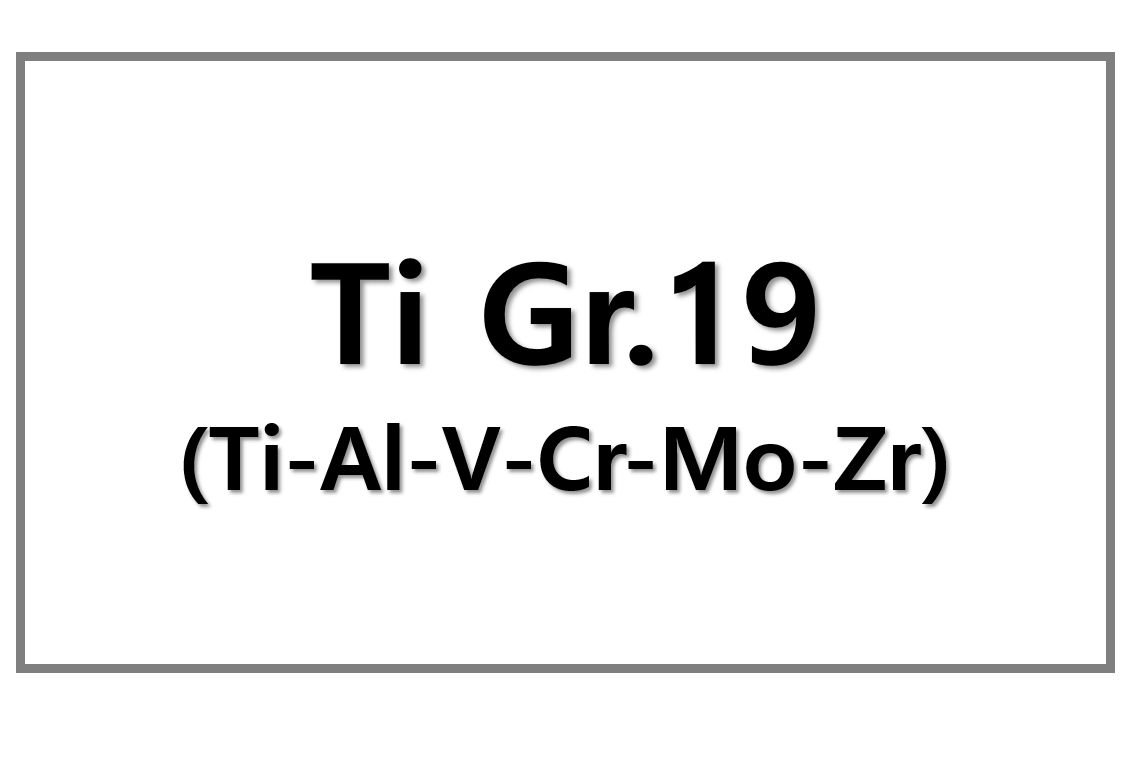
Lithium Battery Prices Drop Sharply, Reaching $115/kWh
Lithium-ion battery pack prices have plunged by 20% in 2024, reaching an all-time low of $115 per kilowatt-hour, according to BloombergNEF. This is the steepest annual decline since 2017. Oversupply, falling raw material prices, and slower electric vehicle (EV) demand are the main drivers of this downturn.
The supply chain has been hit by an aggressive expansion in cell production, leading to a glut in manufacturing capacity. Meanwhile, automakers have shifted toward lithium iron phosphate (LFP) batteries, which use cheaper materials and avoid costly cobalt and nickel.
Falling Metal Prices Pressure Battery Raw Material Markets
Raw material prices, especially lithium, cobalt, and manganese, have seen sharp drops. For example, lithium carbonate prices averaged $10.56–$11.33/kg in November 2024, down from $19.91–$21.32/kg a year earlier, according to Fastmarkets. These lower prices have helped reduce overall battery production costs.
However, this trend presents challenges for recyclers of end-of-life lithium-ion batteries. The decline in battery prices has weakened the economic incentives for recycling black mass, precursor cathode active materials (pCAM), and recovered metals like cobalt and lithium.
The move to LFP batteries, which exclude cobalt and nickel, further diminishes demand for traditional metal recycling. This shift may hurt the supply chains tied to critical metals used in older battery chemistries.
Price Trends for 2025: More Reductions on the Horizon
Looking ahead, BloombergNEF expects battery pack prices to fall another $3/kWh in 2025. Longer term, the industry sees cost breakthroughs through next-generation battery technologies. These include silicon and lithium metal anodes, solid-state electrolytes, and new cathode formulations.
These innovations, combined with improved manufacturing efficiencies, will continue to reshape the market. As prices drop, manufacturers must adapt quickly. Recyclers, too, must reevaluate strategies to stay viable in a rapidly shifting battery economy.
For accurate metal price analysis and updates on battery material trends, follow SuperMetalPrice.











Leave a Reply
You must be logged in to post a comment.